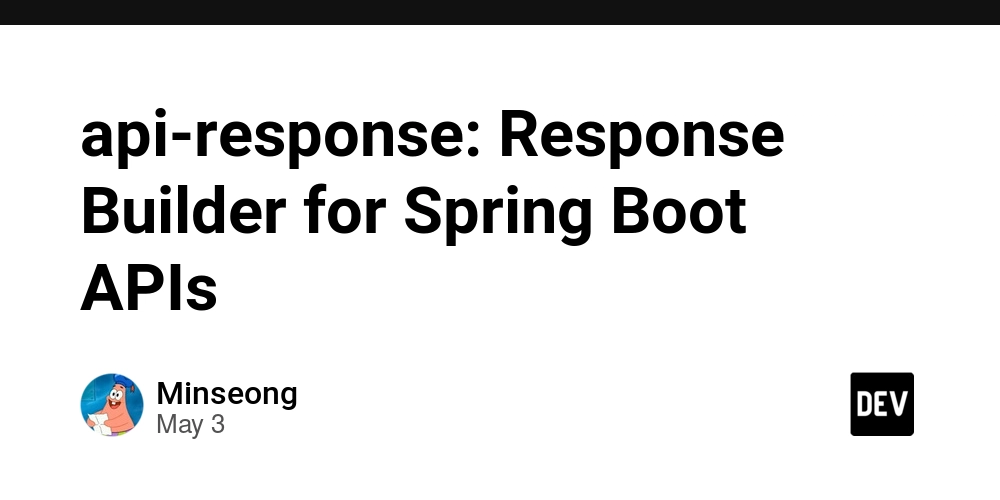Māori lunar calendar takes over New Zealand
This article from Skeptic Magazine notes how the calendar of the indigenous Māori people became a craze in New Zealand, taking over and regulating many human activities when there’s no evidence that the calendar is useful for those purposes. Click on the title to read; excerpts are indented: The article begins by noting the unfair … Continue reading Māori lunar calendar takes over New Zealand

This article from Skeptic Magazine notes how the calendar of the indigenous Māori people became a craze in New Zealand, taking over and regulating many human activities when there’s no evidence that the calendar is useful for those purposes. Click on the title to read; excerpts are indented:
The article begins by noting the unfair denigration that the Māori and their culture received after the British colonized the islands. That culture is is, says Bartholomew (an “Honorary Senior Lecturer in Psychological Medicine at the University of Auckland,” and a prolific author), a rich culture that makes empirical claims, some of which can be verified by modern science. But Bartholomew’s thesis is that the indigenous (lunar) calendar, while having some minimal value in predicting regular events, is “not science.” That disparity was, of course, was the subject of the infamous 2021 Listener letter that got its Auckland University authors unfairly demonized, with some suffering professional consequences.
Māori knowledge often holds great spiritual significance and should be respected. Like all indigenous knowledge, it contains valuable wisdom obtained over millennia, and while it contains some ideas that can be tested and replicated, it is not the same as science.
. . . we should [not] discount the significance of indigenous knowledge—but these two systems of looking at the world operate in different domains. As much as indigenous knowledge deserves our respect, we should not become so enamoured with it that we give it the same weight as scientific knowledge.
And onto the Calendar Craze:
Infatuation with indigenous knowledge and the fear of criticising claims surrounding it has infiltrated many of the country’s key institutions, from the health and education systems to the mainstream media. The result has been a proliferation of pseudoscience. There is no better example of just how extreme the situation has become than the craze over the Māori Lunar Calendar. Its rise is a direct result of what can happen when political activism enters the scientific arena and affects policymaking. Interest in the Calendar began to gain traction in late 2017.
You can see how the calendar is constructed here, and the Skeptic article also gives a diagram. The figure below from the article shows how its usage in the news, from the Dow Jones Factiva database, has changed since 2016. Mentions been decreasing over the last two years, but they’re still much, much more numerous than in 2016:
As the author notes, the calendar was useful to the Māori for tracking the seasons in a way that could help the locals schedule hunting, fishing, and planting. But it’s gone far beyond that:
Two studies have shown a slight increase in fish catch using the Calendar. However, there is no support for the belief that lunar phases influence human health and behavior, plant growth, or the weather. Despite this, government ministries began providing online materials that feature an array of claims about the moon’s impact on human affairs. Fearful of causing offense by publicly criticizing Māori knowledge, the scientific position was usually nowhere to be found.
And so, as happens in New Zealand, the calendar took off as a way to schedule all kinds of things for which it wasn’t appropriate. The ways it’s been used are amazing:
Since [2017], many Kiwis have been led to believe that it can impact everything from horticulture to health to human behavior. The problem is that the science is lacking, but because of the ugly history of the mistreatment of the Māori people, public institutions are afraid to criticize or even take issue anything to do with Māori culture. Consider, for example, media coverage. Between 2020 and 2024, there were no less than 853 articles that mention “maramataka”—the Māori word for the Calendar which translates to “the turning of the moon.” After reading through each text, I was unable to identify a single skeptical article. Many openly gush about the wonders of the Calendar, and gave no hint that it has little scientific backing.
. . . Soon primary and secondary schools began holding workshops to familiarize staff with the Calendar and how to teach it. These materials were confusing for students and teachers alike because most were breathtakingly uncritical and there was an implication that it was all backed by science. Before long, teachers began consulting the maramataka to determine which days were best to conduct assessments, which days were optimal for sporting activities, and which days were aligned with “calmer activities at times of lower energy phases.” Others used it to predict days when problem students were more likely to misbehave.
As one primary teacher observed: “If it’s a low energy day, I might not test that week. We’ll do meditation, mirimiri (massage). I slowly build their learning up, and by the time of high energy days we know the kids will be energetic. You’re not fighting with the children, it’s a win-win, for both the children and myself. Your outcomes are better. The link between the Calendar and human behavior was even promoted by one of the country’s largest education unions. Some teachers and government officials began scheduling meetings on days deemed less likely to trigger conflict, while some media outlets began publishing what were essentially horoscopes under the guise of ‘ancient Māori knowledge.
The Calendar also gained widespread popularity among the public as many Kiwis began using online apps and visiting the homepages of maramataka enthusiasts to guide their daily activities. In 2022, a Māori psychiatrist published a popular book on how to navigate the fluctuating energy levels of Hina—the moon goddess. In Wawata Moon Dreaming, Dr. Hinemoa Elder advises that during the Tamatea Kai-ariki phase people should: “Be wary of destructive energies,” while the Māwharu phase is said to be a time of “female sexual energy … and great sex.” Elder is one of many “maramataka whisperers” who have popped up across the country.
The calendar, while having these more or less frivolous uses, still demonstrates the unwarranted fealty that Kiwis, whether Māori or descendants of Europeans, pay to indigenous “ways of knowing,” for you can well suffer professionally if you push back on them. In fact, the author, who wrote a book on this topic, was discouraged from writing it because Māori claim that they have “control over their own data.” This is a common claim by indigenous people, whether in New Zealand or North America, but it makes their data totally unscientific—off limits to those who wish to analyze or replicate it.
Further, some uses are not so frivolous. The author notes that people have managed contraception using the calendar, and even used it to discontinue medication for bipolar disorder. Again, remember that there is no evidence that the calendar has any connection with human behavior, health, or well being.
Once again we see that indigenous “ways of knowing” may be useful in conveying a bit of observational knowledge useful to locals, but have now been appropriated to a state that is coequal to science. (The debate still continues in New Zealand about whether Mātauranga Māori, the sum of indigenous “ways of knowing” (and which also includes religion, ethics, superstition, legend, and other non-science stuff), should be taught in science classes. That is a very bad idea, and if really implemented would ruin science in New Zealand. Adopting the lunar calendar as having epistemic value would be part of this degradation.
Bartholomew finishes this way, and I hope he doesn’t get fired for saying stuff like this—for these are firing words!
This is a reminder of just how extreme attempts to protect indigenous knowledge have become in New Zealand. It is a dangerous world where subjective truths are given equal standing with science under the guise of relativism, blurring the line between fact and fiction. It is a world where group identity and indigenous rights are often given priority over empirical evidence. The assertion that forms of “ancient knowledge” such as the Calendar, cannot be subjected to scientific scrutiny as it has protected cultural status, undermines the very foundations of scientific inquiry. The expectation that indigenous representatives must serve as gatekeepers who must give their consent before someone can engage in research on certain topics is troubling. The notion that only indigenous people can decide which topics are acceptable to research undermines intellectual freedom and stifles academic inquiry.
While indigenous knowledge deserves our respect, its uncritical introduction into New Zealand schools and health institutions is worrisome and should serve as a warning to other countries. When cultural beliefs are given parity with science, it jeopardizes public trust in scientific institutions and can foster misinformation, especially in areas such as public health, where the stakes are especially high.
Respect for indigenous people is not only fine, but is proper and moral. But it should not extend to giving scientific credibility to untested claims simply because they are part of “traditional knowledge.”












































































